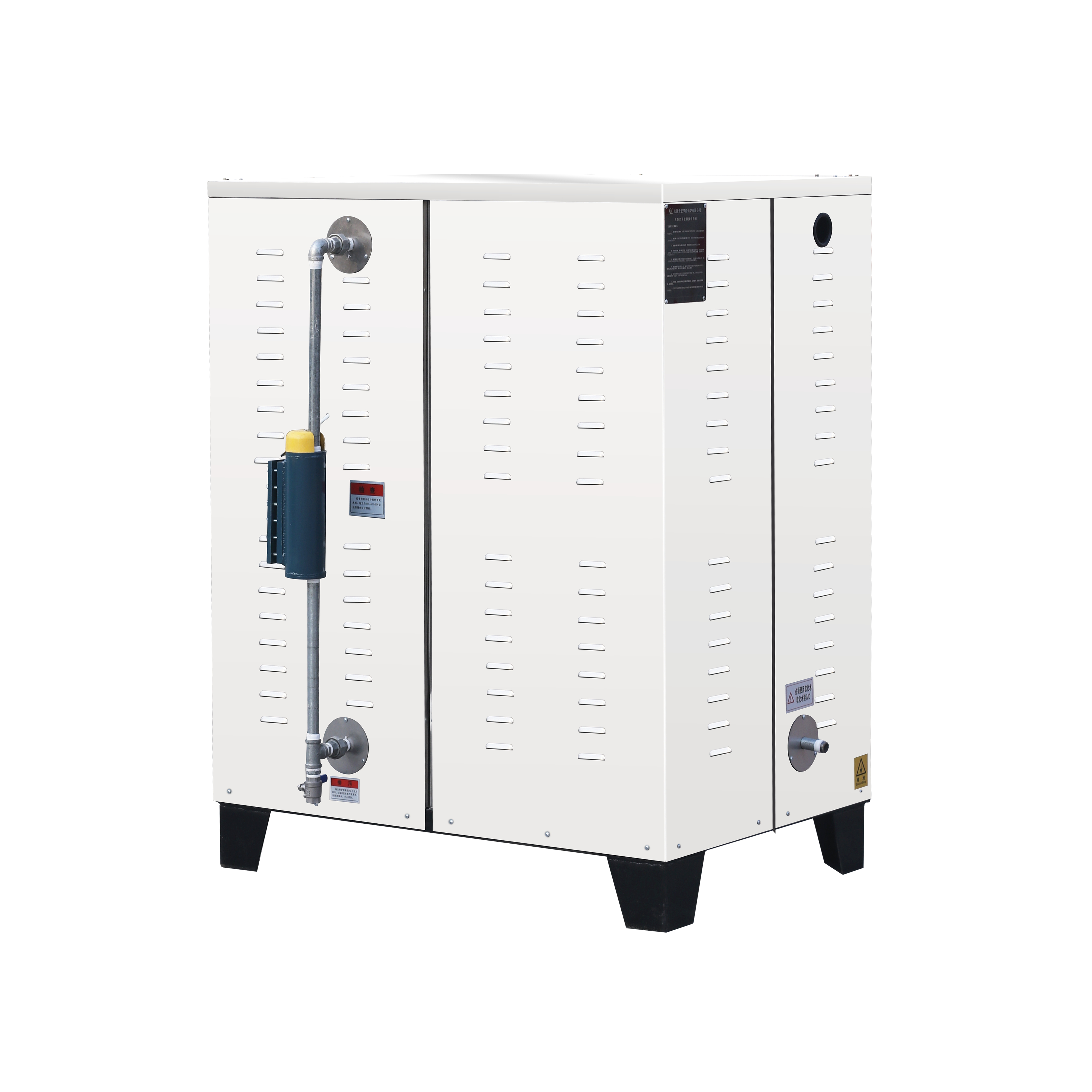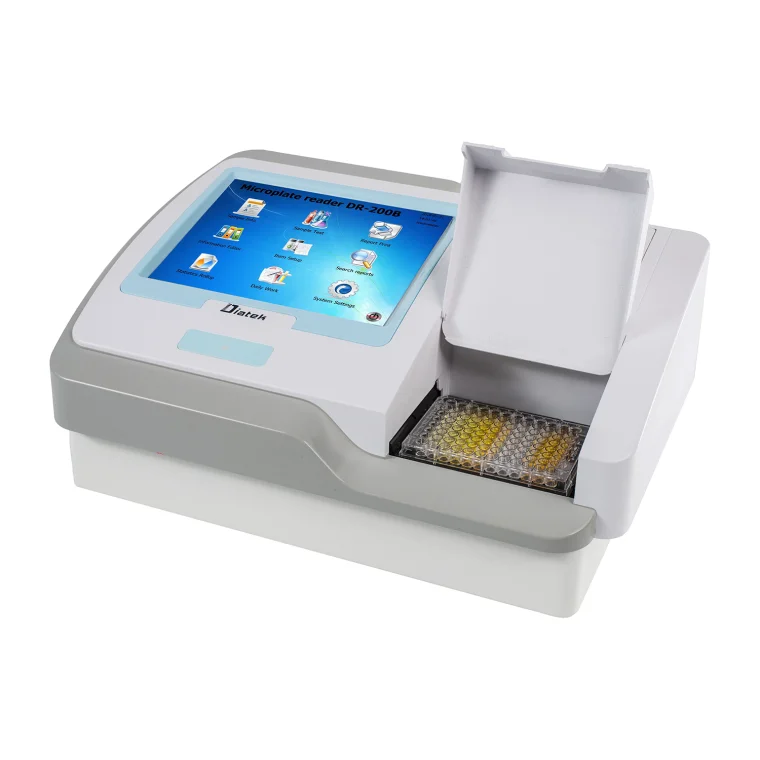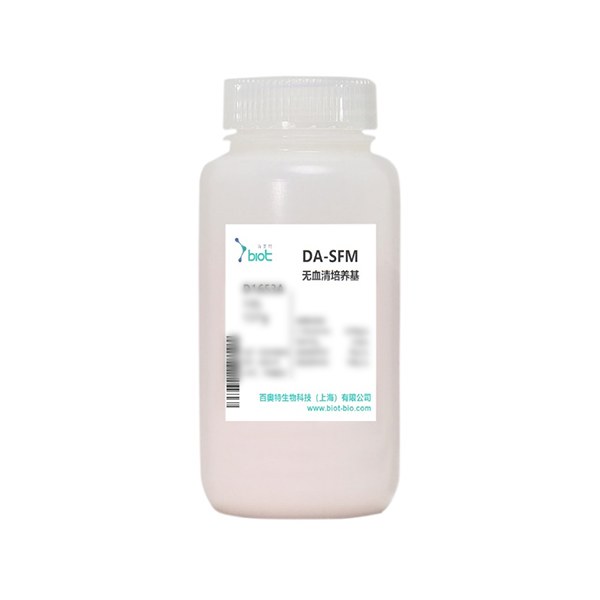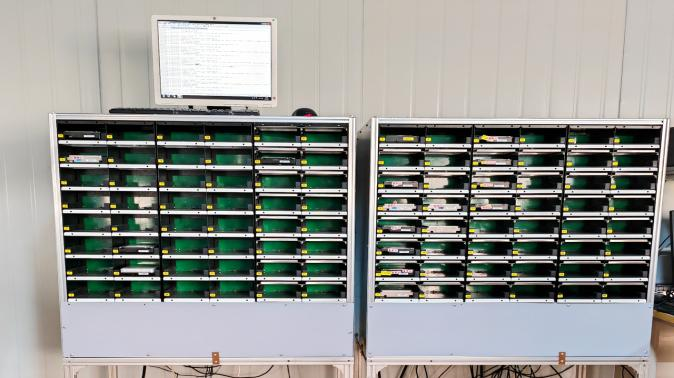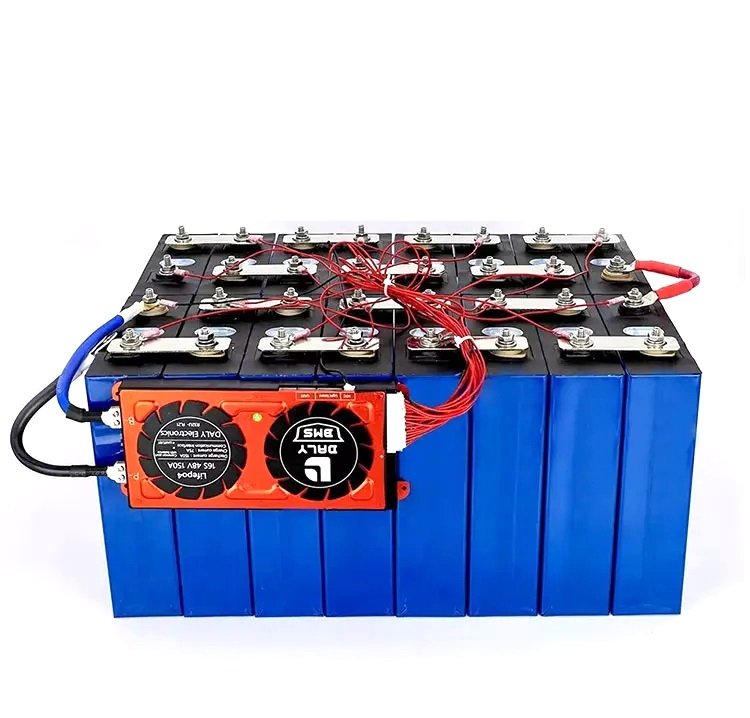Introduction to Gas Assist Injection Molding
Gas assist injection molding is a specialized manufacturing technique that enhances traditional plastic injection molding by using pressurized gas, typically nitrogen, to assist in the molding process. This method creates hollow sections within thick plastic parts, reducing material usage and cycle times while improving part strength and surface finish. As industries seek cost-effective and efficient manufacturing solutions, gas assist injection molding has gained popularity across automotive, consumer electronics, and furniture sectors.
How Does Gas Assist Injection Molding Work?
The process begins similarly to traditional injection molding: molten plastic is injected into the mold. However, before the material fully solidifies, pressurized gas is introduced through strategically placed nozzles. The gas pushes the molten plastic against the mold walls, forming hollow channels within the part. This technique not only reduces material consumption but also minimizes the risk of warping, sink marks, and internal stresses.
Key Components of the Gas Assist Injection Molding Process
-
Injection Unit: Delivers molten plastic into the mold cavity.
-
Gas Injection System: Introduces high-pressure gas to form hollow sections.
-
Mold Design: Tailored to accommodate gas channels and ensure uniform gas distribution.
-
Control System: Monitors and regulates gas pressure and flow rates to achieve consistent quality.
Advantages of Gas Assist Injection Molding
-
Material Savings: By creating hollow parts, this method reduces plastic consumption, leading to cost savings.
-
Enhanced Part Strength: The uniform wall thickness achieved through gas assist injection molding results in stronger, more durable parts.
-
Improved Surface Finish: The process reduces sink marks and other surface imperfections, yielding aesthetically pleasing products.
-
Shorter Cycle Times: Faster cooling due to reduced material volume speeds up production cycles.
-
Design Flexibility: Allows for complex geometries and large, lightweight components without compromising structural integrity.
Applications of Gas Assist Injection Molding
Gas assist injection molding is widely used in industries where lightweight, durable, and aesthetically appealing parts are essential:
-
Automotive: Dashboard panels, door handles, and structural components.
-
Consumer Electronics: TV frames, computer housings, and appliance parts.
-
Furniture: Chair frames, armrests, and other structural elements.
-
Medical Devices: Lightweight, ergonomic components that require precise dimensions and durability.
Challenges and Considerations
While gas assist injection molding offers numerous benefits, manufacturers must consider certain challenges:
-
Initial Investment: The equipment and mold design modifications can be costly.
-
Complexity in Mold Design: Designing molds with proper gas channels requires expertise and precision.
-
Process Control: Maintaining consistent gas pressure and flow is critical for high-quality parts.
Future Trends in Gas Assist Injection Molding
With advancements in materials science and automation, gas assist injection molding is poised for growth. Innovations in gas control systems and mold design software are making the process more accessible and efficient. Additionally, the increasing demand for sustainable manufacturing practices is driving the adoption of gas assist techniques to reduce material waste and energy consumption.
Conclusion
Gas assist injection molding is revolutionizing the manufacturing landscape by offering cost-effective, efficient, and high-quality solutions for producing complex plastic parts. By understanding its processes, benefits, and challenges, manufacturers can leverage this technology to enhance their production capabilities and meet evolving industry demands.
https://www.great-mold.com/service.html
Ningbo Great Mold Co., Ltd.
